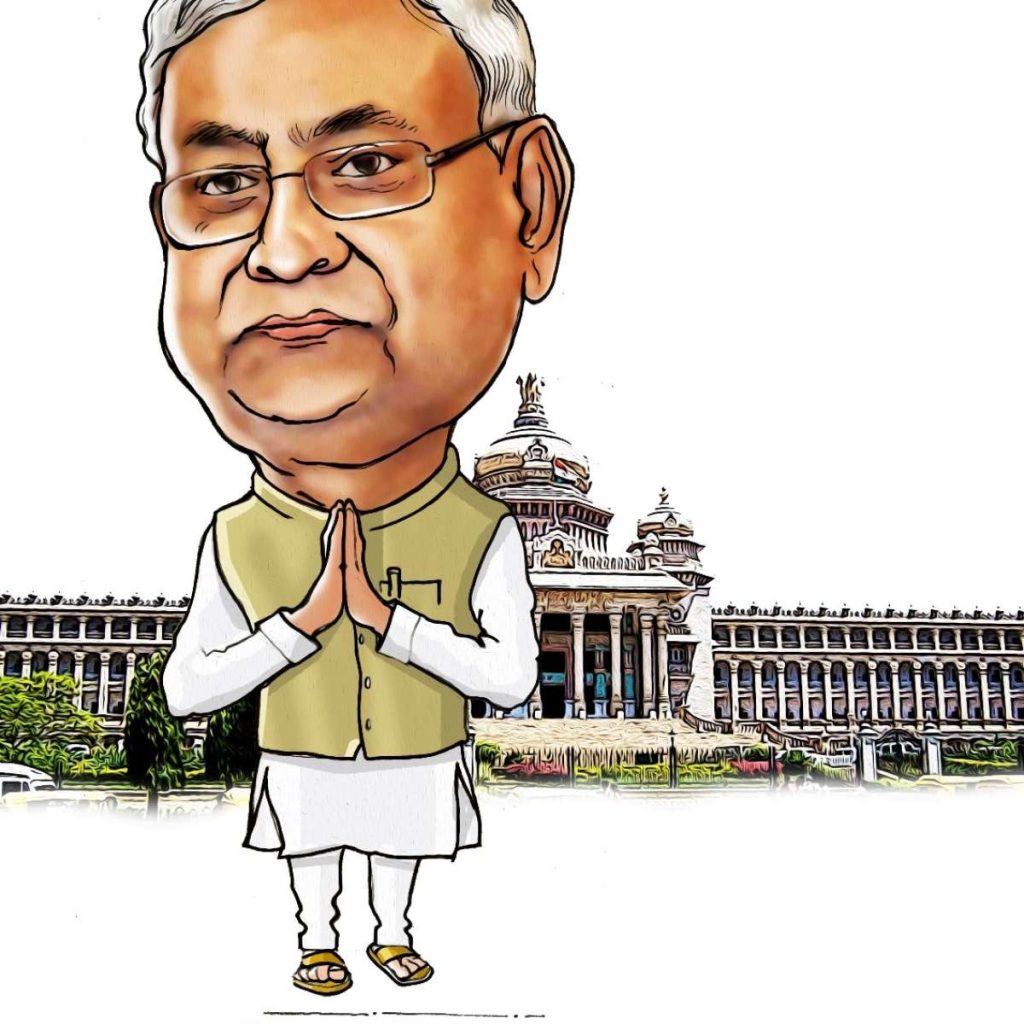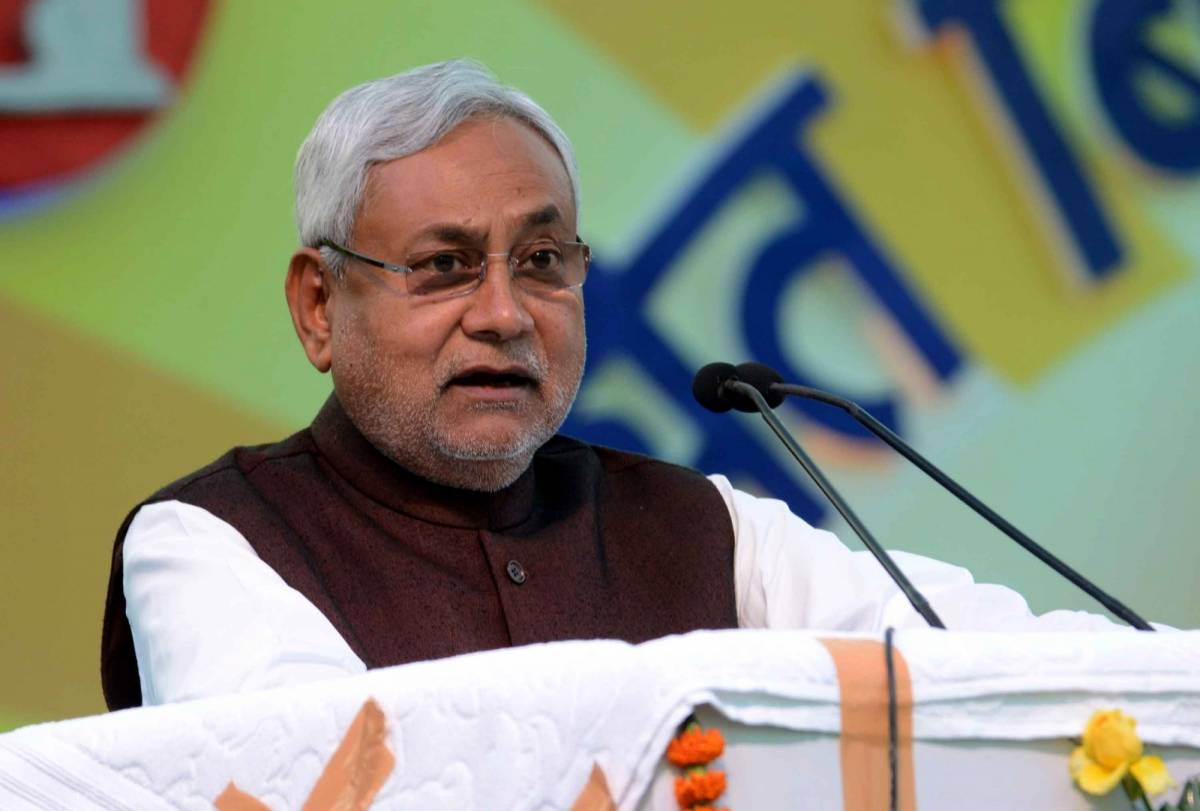With the release of the Bihar caste survey, the BJP is not only unnerved but also appears confused about how to respond to the issue…reports Asian Lite News
Bihar’s centrality to Indian politics is inescapable. One of the poorest states in the country, Bihar has had the propensity to make and unmake governments in the Centre.
With general elections around the corner, the state is opening the doors for a revamp of the country’s affirmative action plans amid calls to grant proportional benefits to marginalised castes. The move is likely to trigger a demand for similar nationwide census.
The issue reaching a crescendo before polls, however, threatens to weaken the Bharatiya Janata Party’s (BJP) hold over many of these marginalised castes.
The last time a caste census was carried out was in 1931 when India was still under British colonial rule. The findings of a nationwide census in 2011 were never made public.
With the release of the caste survey, the BJP is not only unnerved but also appears confused about how to respond to the issue. There has been a complete divergence between the stance taken by Prime Minister Narendra Modi and his Cabinet colleagues as well as senior leaders of his party.
According to the survey report, OBCs and extremely backward castes (EBCs) constitute 63% of Bihar’s population. SCs account for 19.65%. The population of upper castes (general category) is 15.52%, which also includes about 5% upper caste Muslims. Muslims altogether account for 17.70% of the state’s population.
While Prime Minister Modi has described the survey report as “a sin to divide the Hindu society” and accused Congress of “taking away the minorities’ rights”, the Bihar chief minister is rallying leaders of the INDIA bloc to follow up on the survey report.
“As of now, the government has published the statistics of 215 castes in the state. It will table the statistics of the comprehensive economic survey report in the state Legislature after one and half months,” Nitish said in a meeting with the representatives of nine parties from Bihar, including the BJP.
Rahul Gandhi, soon after the publication of the report, tweeted that Other Backward Classes (OBCs), Scheduled Castes and Scheduled Tribes constituted 84% of the population. “Only three out of 90 secretaries in the government of India belong to the OBCs who control barely 5% of the budget. Rights according to the size of the population – it is our resolve”.
Much to the chagrin of the BJP, the Congress party has got into the mould of Mandal parties and is taking up the cause of the OBCs, SCs, and STs in election-bound Madhya Pradesh, Chhattisgarh and Rajasthan. The RJD, JD(U) and SP will attempt to hold the fort against the BJP in Bihar and Uttar Pradesh.

In a complete departure from his father Rajiv Gandhi’s view – who as the leader of the opposition in the Lok Sabha in 1990 had opposed the implementation of the Mandal Commission report and emphasised “merit” as the primary criterion for jobs – Rahul Gandhi is championing the cause of backward classes and Dalits by advocating for a proportionate share in governance.
Meanwhile, Nitish Kumar, after snapping ties with the BJP in August 2022, brought the warring West Bengal and Delhi chief ministers – Mamata Banerjee and Arvind Kejriwal – and the SP boss Akhilesh Yadav to the table with the Congress.
Nitish flummoxed the BJP by doing so, as the Hindutva party had revelled when the Trinamool Congress, Aam Aadmi Party (AAP), and SP had previously trained their guns at the Congress. Thanks to the Bihar chief minister playing as the key architect, these parties are now integral components of the INDIA bloc that has close to 30 parties – mostly with strong roots in states across the country.

Leave a Reply